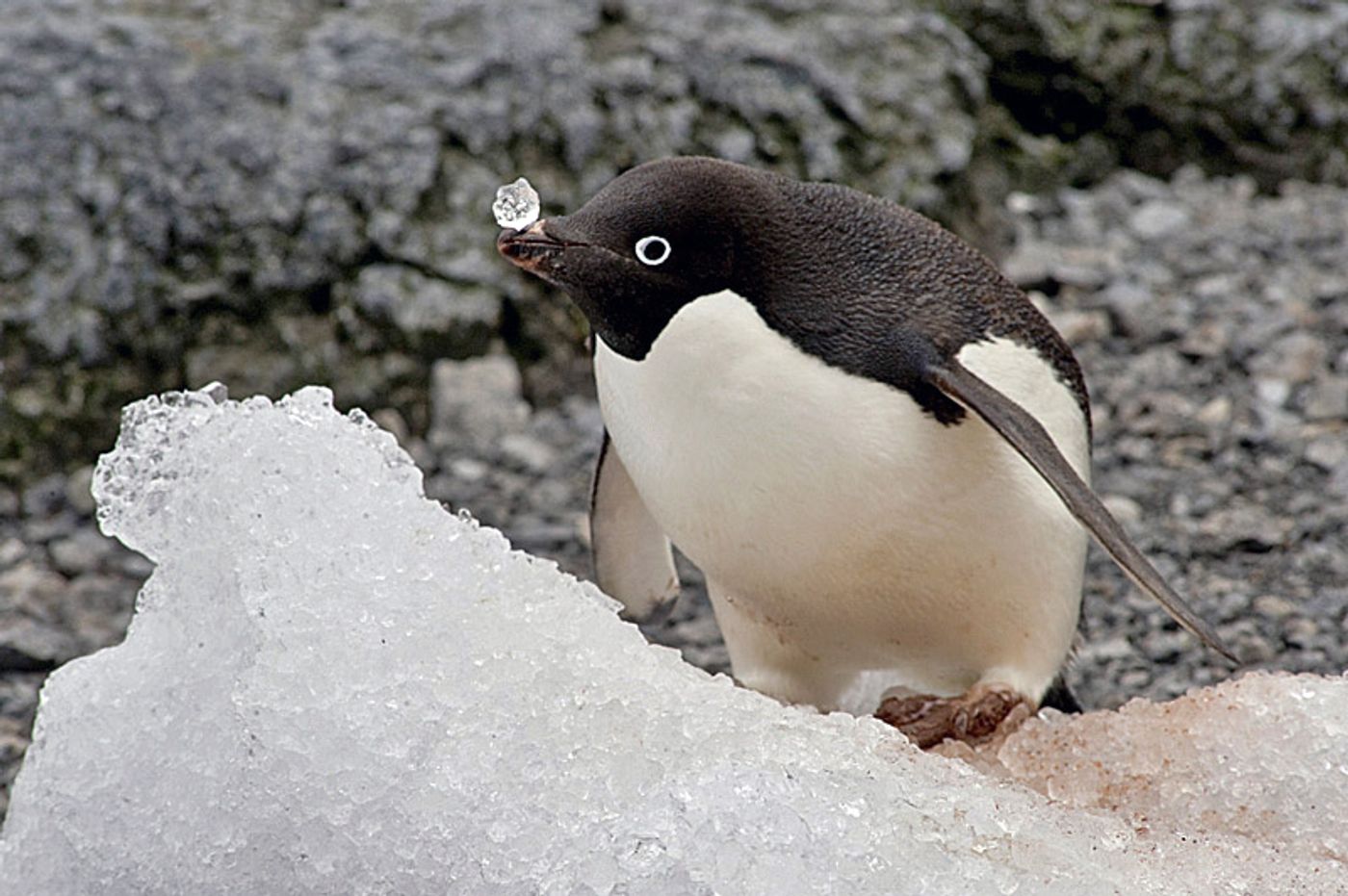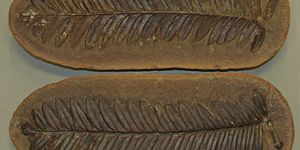What happens when you find a huge colony of penguins?
You might think that we pretty much have all the penguin colonies in the world accounted for already. After all, most colonies are pretty hard to miss, given the great number of individuals that make them up. However, you’d be wrong. The new study published in Scientific Reports reveals the discovery of a mega-colony of roughly 1.5 million Adélie penguins, found in a 2015 survey of the Danger Islands, on the northernmost tip of Antarctica.
The team of scientists who conducted the survey literally counted the penguins individually by tallying the individual nests on the ground, as well as in panoramic photos taken by drones. They counted 751,527 pairs, which is more than the rest of all the penguins in the Antarctic Peninsula region combined. Tom Hart, who was on the international research team that found the colony, raved, “This was an incredible experience, finding and counting so many penguins.”
As the name might imply, not many people visit the Danger Islands due to their remote location - perhaps that’s how the colony went unseen for so long. Indeed, analysis of satellite images all the way back to 1959 suggests that the colony has been thriving steadily for decades. That’s a big difference from other Adélie colonies on the western part of the Antarctic Peninsula, where climate change and human activity are responsible for the animals’ decline. The authors attribute “changes in sea ice extent and concentration as well as changes in air temperature and precipitation patterns and their possible effects on prey availability" for the decline of other colonies’ numbers.
Because of the refuge that the islands have provided for the seabirds, the authors of the study urge the necessity of protecting the marine environment in this region. “The Danger Islands appear to have avoided recent declines documented on the Western Antarctic Peninsula and, because they are large and likely to remain an important hotspot for avian abundance under projected climate change, deserve special consideration in the negotiation and design of Marine Protected Areas in the region.”
A proposed refuge called the Weddell Sea Marine Protected Area, which would cover 1.8 million square kilometers, would ban all fishing in a large part of Weddell Sea and around the Antarctic Peninsula. Killer whales, leopard seals, blue whales, and penguins that eat krill (fished by us humans) would all benefit from such a reserve. The decision will hopefully be made in October at a conference with the Antarctic Nations.
Sources: The Guardian, Scientific Reports, CNN









